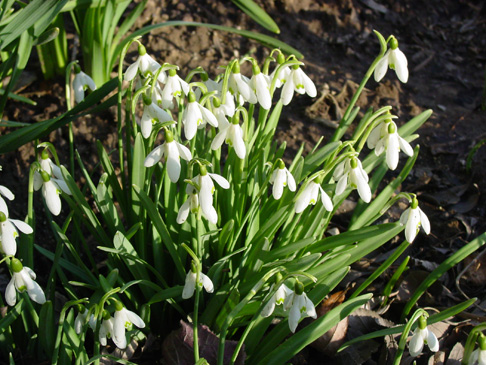The First Flower of Spring
Is there anything more welcome on a cold spring day than the sight of your snowdrops blooming in spite of the cold weather? I plant snowdrops in my garden because they often bloom weeks before the crocus and daffodils in our yard.
Part of our front garden has a micro-climate close to the house that warms up earlier than the rest of the yard. The snowdrops in this area bloom really early and for me, they mean spring. One year, after a particularly long January thaw, I looked out the window and saw snowdrops blooming.
As it happened, I was having company that evening and I made everyone trudge out into the garden to admire those snowdrops. Unfortunately, the next day a snowstorm dropped at least 6 inches of wet heavy snow. I thought surely those snowdrops would be killed by the return of winter. However about a month later when the snow finally melted, the snowdrops emerged just as if nothing had happened. I couldn’t believe it!
Research
All species of Snowdrops (Galanthus) are herbaceous perennials that grow from bulbs. They produce just 2 or 3 strappy green leaves and an erect flowering stalk that bears a solitary white bell-shaped flower. They bloom in spring and sometimes even in mid to late winter. They thrive in sun or shade and work well in rock gardens or for edging. Celebrated as a sign of spring, snowdrops can form impressive carpets of white in areas where they are native or have been naturalized. The leaves die back a few weeks after the flowers have faded and they disappear until the next spring. Snowdrops may be left undisturbed for many years, but if you plan to move them or propagate the bulbs, lift just as the flowers fade.





It just wouldn’t be spring without them.